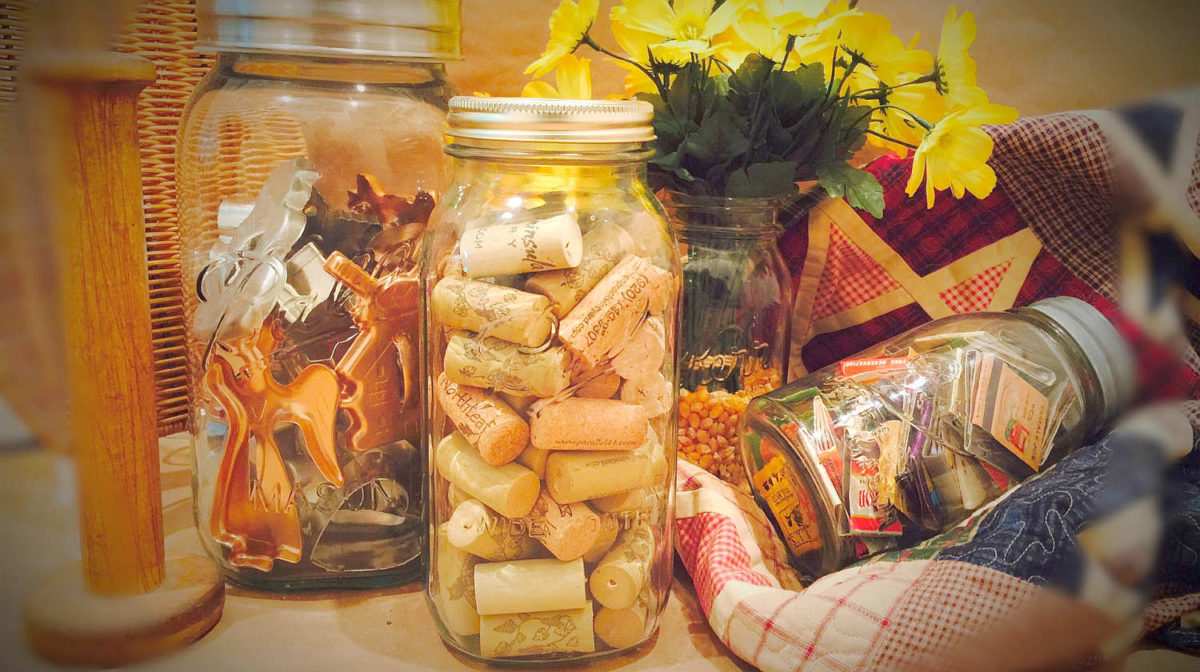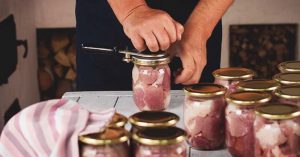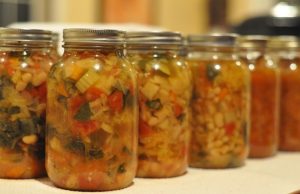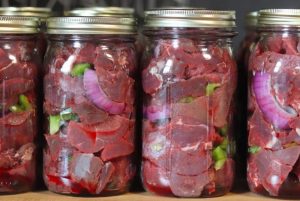 A tough topic for me this holiday is what does someone who knows how to safely can and preserve food do when confronted with a home made gift from a friend or family member that comes in a jar? Clearly this an ettiquete issue first, but a thank you is the best first gesture. The next thought will be whether you want to ask questions if you don’t know their level of preserving. This might be a bit tricky.
A tough topic for me this holiday is what does someone who knows how to safely can and preserve food do when confronted with a home made gift from a friend or family member that comes in a jar? Clearly this an ettiquete issue first, but a thank you is the best first gesture. The next thought will be whether you want to ask questions if you don’t know their level of preserving. This might be a bit tricky.
Ask a few questions about their experience with canning:
Naturally you are excited that someone has taken the time to make you a ‘homemade’ gift. You could ask a few questions without insulting and find out their level and experience with canning.
“Wow this look great. How do you get your lids to seal on your jars?”
Check for proper canning processing:
Because we process high acid foods in a water bath doesn’t mean that the “giver” has properly processed the jars. The bigger concern are jars that have vegetables, meats, or soups that are clearly low acid foods that you don’t know if they have been processed in a pressure canner. You need to ask what type of process they used. You could as a question like:
“This soup looks great. Did you have to do anything to it after you put it into the jar?”
or if you could take the direct approach then ask if they water bathed or pressure canned the jar?
This is probably the most important question when receiving low acid foods in jars since over time there are no visible signs of the growth of bacteria which could lead to botulism or ecoli in the jar.
Check for ingredients:
If the jars don’t have a label other than the “name” of the product you might want to inquiry what is in the recipe. Some people have allergies and it wouldn’t hurt to ask what specifically went into making the end product.
This will also help you to decide whether there has been some level of safety put into making the recipe. Ingredients like milk, cornstarch, tapioca, cheese, butter, flour, cream and chocolate from cocoa butter are not safe to can. Also there are no safe recipes for pumpkin butter, pesto, cream soups and stews, and mayonnaise for the home canner.
Check for an expiration date or when it was canned:
Remember a safely process jar will have a shelf life of about one year. If the date canned or an “eat by” date is not on the jar you should ask. Possible questions:
“When did you have time to can this with your busy schedule?” or “We will open this right away or do I need to let the flavors develop?”
Once you have received the answers to these questions you might want to do some additional investigating before you eat that first bite.
How to tell when a “jar has gone bad”:
Looking for visible signs of a jar that has “turned” are somewhat easy to identify. First unscrew the ring and look at the top of the jar for any signs of mold, check the lid to see that the seal is still viable, and make sure that the liquid in the jar covers all the food. Usually you will see signs of mold in jars of jelly, jams, or preserves. Discoloration of the food at the top is fine, but not as tasty. If the jar is some kind of pickled vegetable make sure that the brine or liquid is clear and not cloudy. A cloudy brine can be an indication of a start of bacteria growth to the contents. If you find that the jar has gone bad before you open it dispose of it immediately.
If you decide to open it check for the “whoosh” of air sound that a sealed jar will have, notice if there are any smells that seems odd, and if you have any concern, “When in doubt, throw it out!”.
It may seem like a lot of questions but you would be surprised at how willing people are to talk about their labor and pride in their gift. I am always very excited to get homemade gifts and love to hear about the experiences they had in making it. Either way the decision of whether to eat the “food in jars” may come down to how well you know your friend. In any case, be a gracious receiver and thank them for all their labor.








Leave a Reply